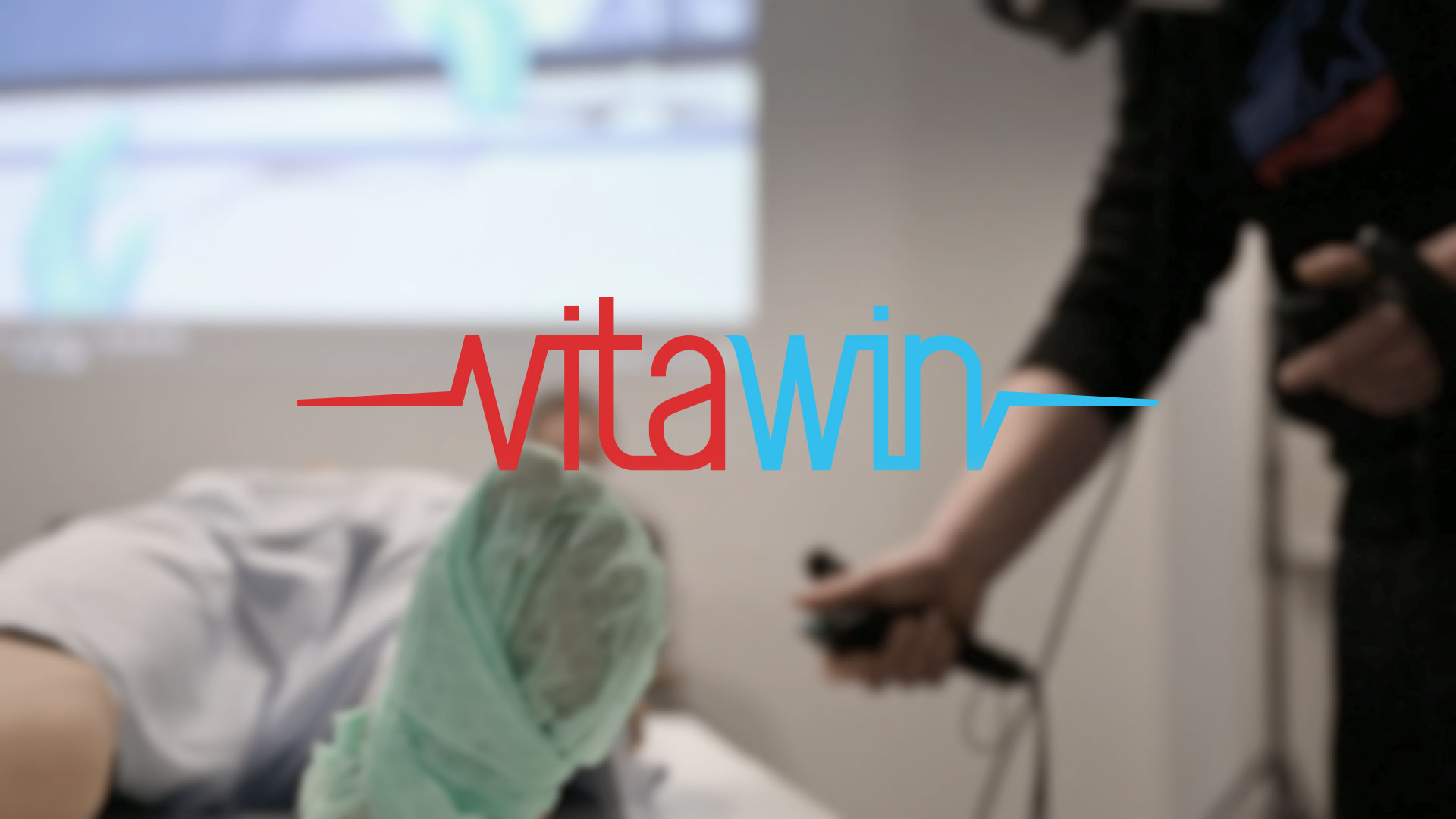The advisory board meeting took place for the last time on 01.03.22, followed by the consortium meeting on 02/03/22. Again, both meetings were held on online platforms. Almost all milestones have been reached and the project is coming to an end. The last tests and evaluations will be carried out by the end of May.
Besides a review of the project months, developed concepts and implementations as well as the main project results, a complete mixed reality training run-through was shown by means of a video to illustrate the final results and the overall progress of the project. The training includes familiarisation in a break room, the pre-hospital scenario of paramedics providing initial care to a severely burned patient, the subsequent interprofessional handover to emergency nurses in the shock room, and the subsequent follow-up treatment.
During the discussion round, the advisory board members gave valuable feedback:
Prof. Dr. Vera Hagemann (Human Resource Management, Fachbereich Wirtschaftswissenschaft, Universität Bremen) praised the result, especially the realistic emotion gradations of the virtual patient and the fact that despite the adverse circumstances during the Covid 19 pandemic, a practical project was successfully completed.
Prof. Dr. Michael Heister (Bundesinstitut für Berufsbildung), who was already involved in the previous project EPICSAVE as a member of the advisory board, emphasised the more intensive design as well as the significant improvement of the technology used. He also said that the haptic variable with the simulation manikin was a good success and that there were still few comparable applications.
Tobias Kopka (Curatomic) expressed his interest in the implications of the technology shift in vocational education and training. The resulting discussions on the increasing importance of digital literacy in education and training, especially in medicine, were extremely valuable.
Lothar Ullrich (Deutsche Gesellschaft für Fachkrankenpflege und Funktionsdienste e.V) was interested in the measurement of competences in virtual augmented learning environments compared to conventional methods. Here, it is desirable to develop methods that will make this possible in the future.
At the consortium meeting, the results from the advisory board meeting were discussed and the last important dates were planned. Special attention was paid to the content of the ViTAWiN project as well as ideas and suggestions for future projects.
With these results, demonstrations and achieved milestones, we can conclude the project in the coming months and look back on a successful collaboration with the consortium partners with the development of a highly immersive mixed reality training simulation.

